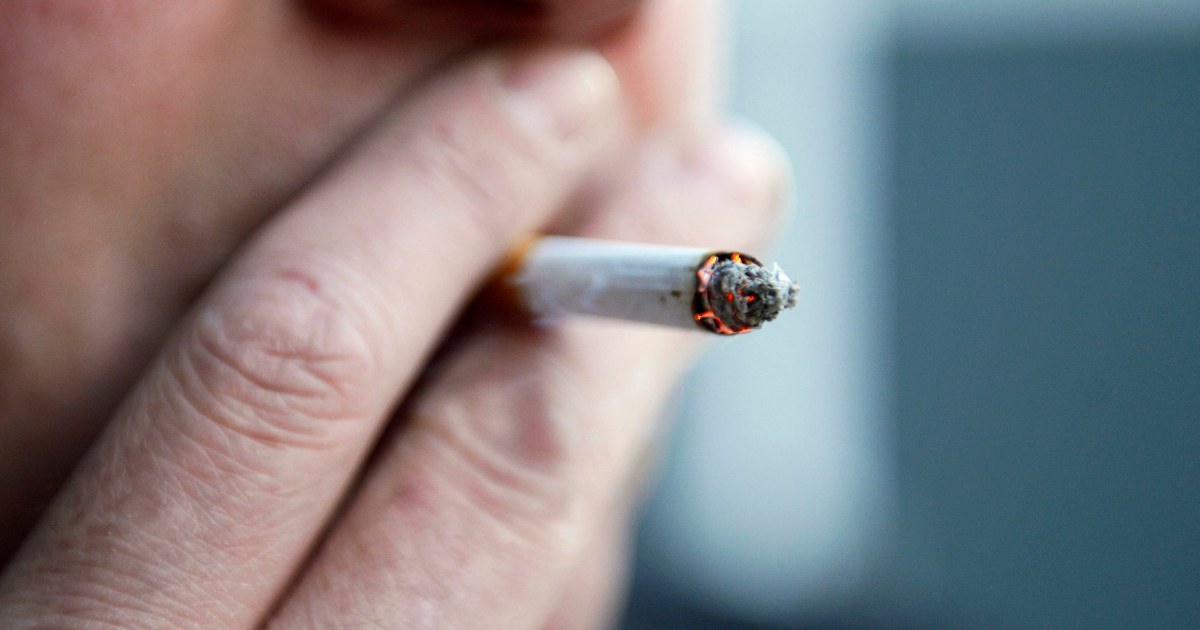
Only a fraction of people at high risk for lung cancer are getting screened for the disease even though it kills more in the United States than breast, colorectal and prostate cancers combined. New American Cancer Society guidelines will allow millions more to become eligible for regular scans that can detect tumors early enough to save lives.
With one important exception, the new guidelines echo existing recommendations from the highly influential U.S. Preventive Services Task Force. In 2021, the panel said people ages 50 to 80 who had smoked at least 20 “pack years” and were either still smoking or had quit within the last 15 years should be tested annually with low-dose CT scan, a type of X-ray.
According to the new guidance released Wednesday, even heavy smokers who quit 15 years ago or more should get the yearly scans.
Experts say the previous guidance was based on a flawed premise: the longer it had been since a person had given up smoking, the lower the risk for cancer.
A careful look at the data on who was diagnosed with lung cancer revealed that the risk of cancer rose as people aged, even among those who had given up smoking 15 or more years, said Dr. William Dahut, chief scientific officer of the American Cancer Society and one of the authors of the guidelines.
While the lungs of ex-smokers might have become a little better initially, that effect wasn’t lasting, he said.
“People developed a false sense of security,” which may have contributed to the “abysmally low” rates of screening, Dahut said.
A 2022 report from the American Lung Association indicated that only 5.8% of Americans had been screened for lung cancer and that in some states, rates were as low as 1%.
“Compare this with mammography, which about two-thirds of women get when they hit a certain age,” he said.
Is lung cancer screening worth it?
Under previous guidelines, 14.3 million people in the U.S. would be eligible for screening. The new recommendation will include an additional 5 million people, Dahut said.
The prognosis for people whose cancers are caught late is grim. The overall five-year survival rate for lung cancers diagnosed between 2012 and 2018 was 23%, the guideline authors note.
More than 80% of people whose lung cancer was caught early through screening were still alive after 20 years, according to research from the Icahn School of Medicine at Mount Sinai in New York, presented at the Radiological Society of North America meeting last year. According to the cancer society's estimates, there will be 238,340 new cases of lung cancer and 127,070 deaths from the disease this year.
More lung cancer news
Lung cancer is so deadly because most people aren't diagnosed until a very late stage. Many smokers and former smokers don’t realize that a simple low-dose CT scan can catch lung cancers early enough to save their lives. Even among primary care physicians, who would be the ones to order up the tests, “there’s confusion,” Dahut said.
In general, Medicare and commercial insurance companies pay for tests that the task force recommends. However, it may take some time for insurance to cover the additional people included in the new guidelines, Dahut suggested.
Dr. Chi-Fu Jeffrey Yang, a thoracic surgeon at the Massachusetts General Hospital in Boston, has done informal surveys to get a better idea of why people might not be getting screened.
“We asked people if they had heard about it. Nobody had,” he said. “But everybody had heard about mammograms for breast cancer, colonoscopies for colorectal cancer, and Pap smears for cervical cancer.”
The current low rates of screening are “a national tragedy,” said Dr. David Yankelevitz, director of the lung biopsy service at the Icahn School of Medicine. “This should be our greatest weapon against cancer by far. That such a small percentage are being screened is pretty frightening and a major failure”
He would like to see screening criteria broadened even further, especially for women, Black people and Native Americans. Research has shown these groups are more vulnerable to developing lung cancer either at lower exposures or younger.
“They have a higher risk at lower ages and lower pack years,” Yankelevitz said.
The change in screening guidelines to include people who quit long ago is “huge,” said Dr. Panagis Galiatsatos, director of the Tobacco Treatment and Cancer Screening Clinic at Johns Hopkins Medicine in Baltimore.
“People in their 40s and 50s who smoked two packs of cigarettes a day when they were in their teens and young adulthood often don’t think of themselves as smokers,” he said. “But they need to get scanned.”
Follow NBC HEALTH on Twitter & Facebook.
Health - Latest - Google News
November 03, 2023 at 09:42PM
https://ift.tt/PNiU7DZ
Who should get yearly lung cancer test, based on new guidelines - NBC News
Health - Latest - Google News
https://ift.tt/WGcZQHr

No comments:
Post a Comment